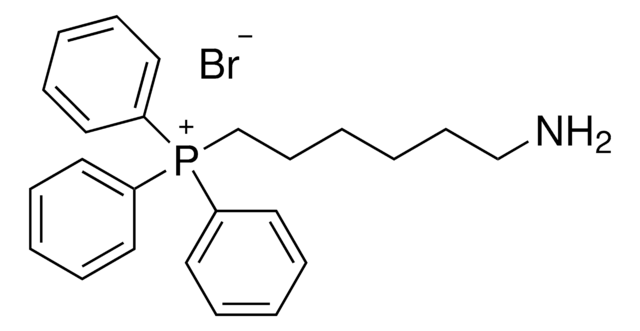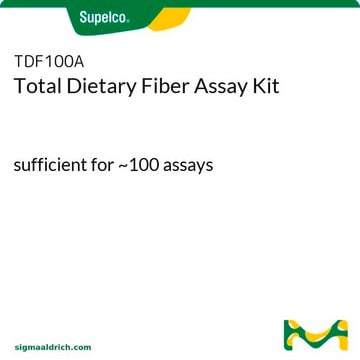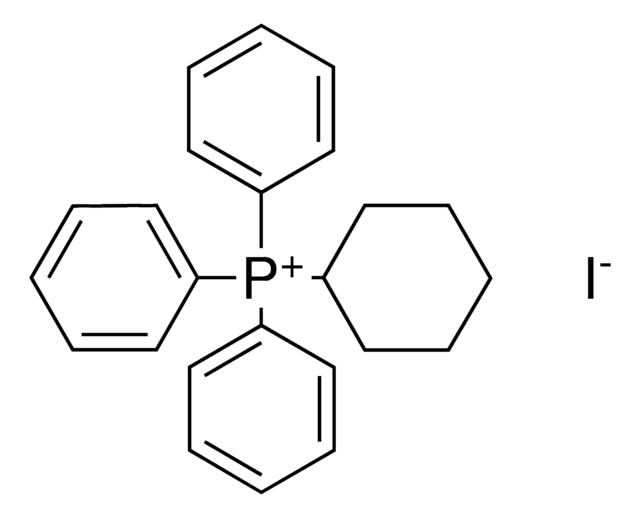SC1002
Anti-Sox2 Mouse mAb (245610)
lyophilized, clone 245610, Calbiochem®
About This Item
Productos recomendados
biological source
mouse
Quality Level
antibody form
purified antibody
antibody product type
primary antibodies
clone
245610, monoclonal
form
lyophilized
species reactivity
human, mouse
manufacturer/tradename
Calbiochem®
storage condition
OK to freeze
isotype
IgG2a
shipped in
wet ice
storage temp.
−20°C
target post-translational modification
unmodified
Gene Information
mouse ... Sox2(20674)
General description
Immunogen
Application
Immunocytochemistry (10 µg/ml; see comments)
Flow Cytometry (see comments)
Warning
Physical form
Reconstitution
Analysis Note
NTERA-2 cells
Other Notes
Graham, V., et al. 2003.Neuron39, 749.
Stevanovic, M. 2003.Mol. Biol. Rep.30, 127.
Kishi, M., et al. 2000.Development127, 791.
Uwanogho, D., et al. 1995.Mech. Dev.49, 23.
Yuan, H., et al. 1995.Genes Dev.9, 2635.
Legal Information
Not finding the right product?
Try our Herramienta de selección de productos.
Storage Class
11 - Combustible Solids
wgk_germany
WGK 1
Certificados de análisis (COA)
Busque Certificados de análisis (COA) introduciendo el número de lote del producto. Los números de lote se encuentran en la etiqueta del producto después de las palabras «Lot» o «Batch»
¿Ya tiene este producto?
Encuentre la documentación para los productos que ha comprado recientemente en la Biblioteca de documentos.
Nuestro equipo de científicos tiene experiencia en todas las áreas de investigación: Ciencias de la vida, Ciencia de los materiales, Síntesis química, Cromatografía, Analítica y muchas otras.
Póngase en contacto con el Servicio técnico







